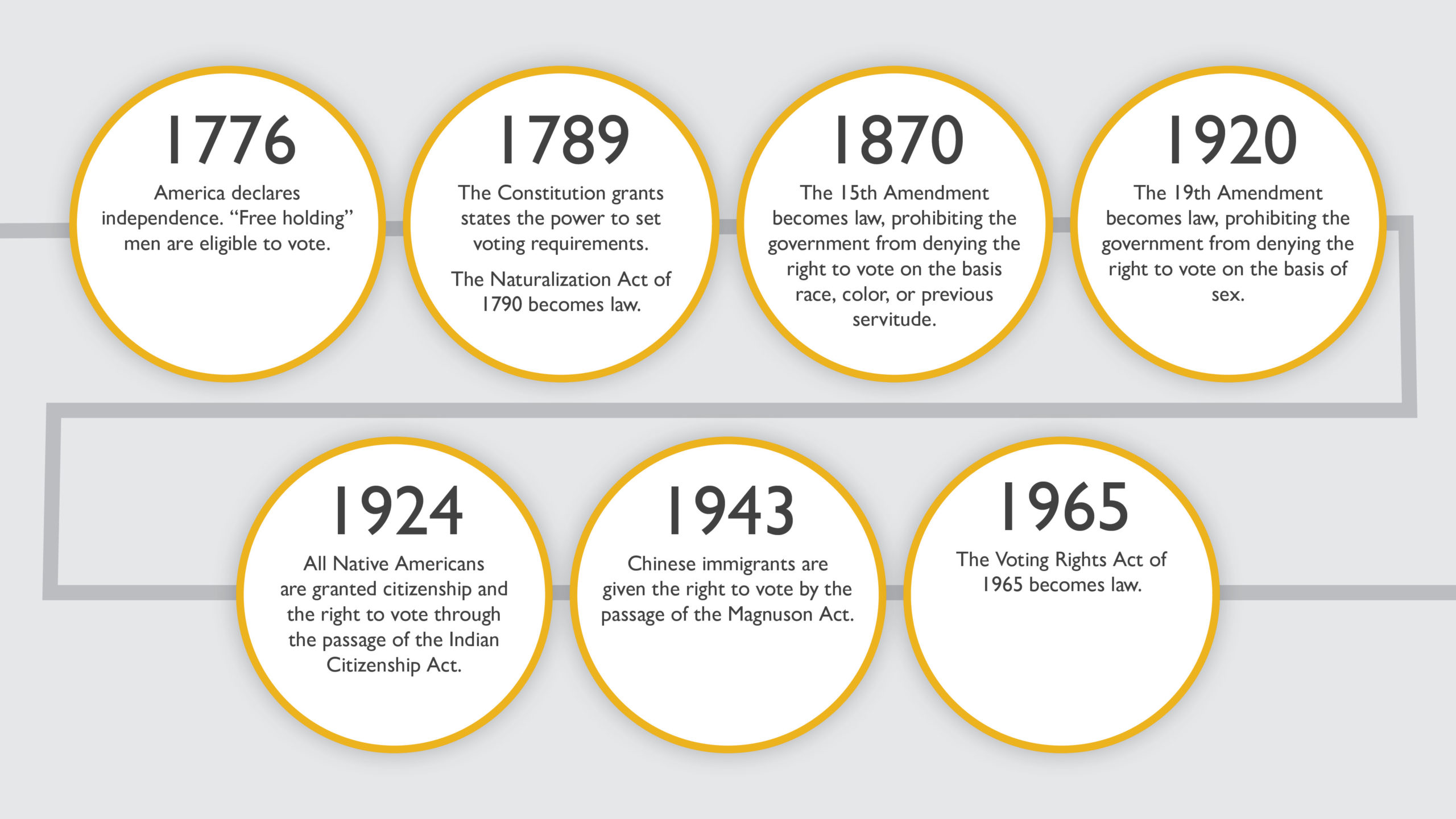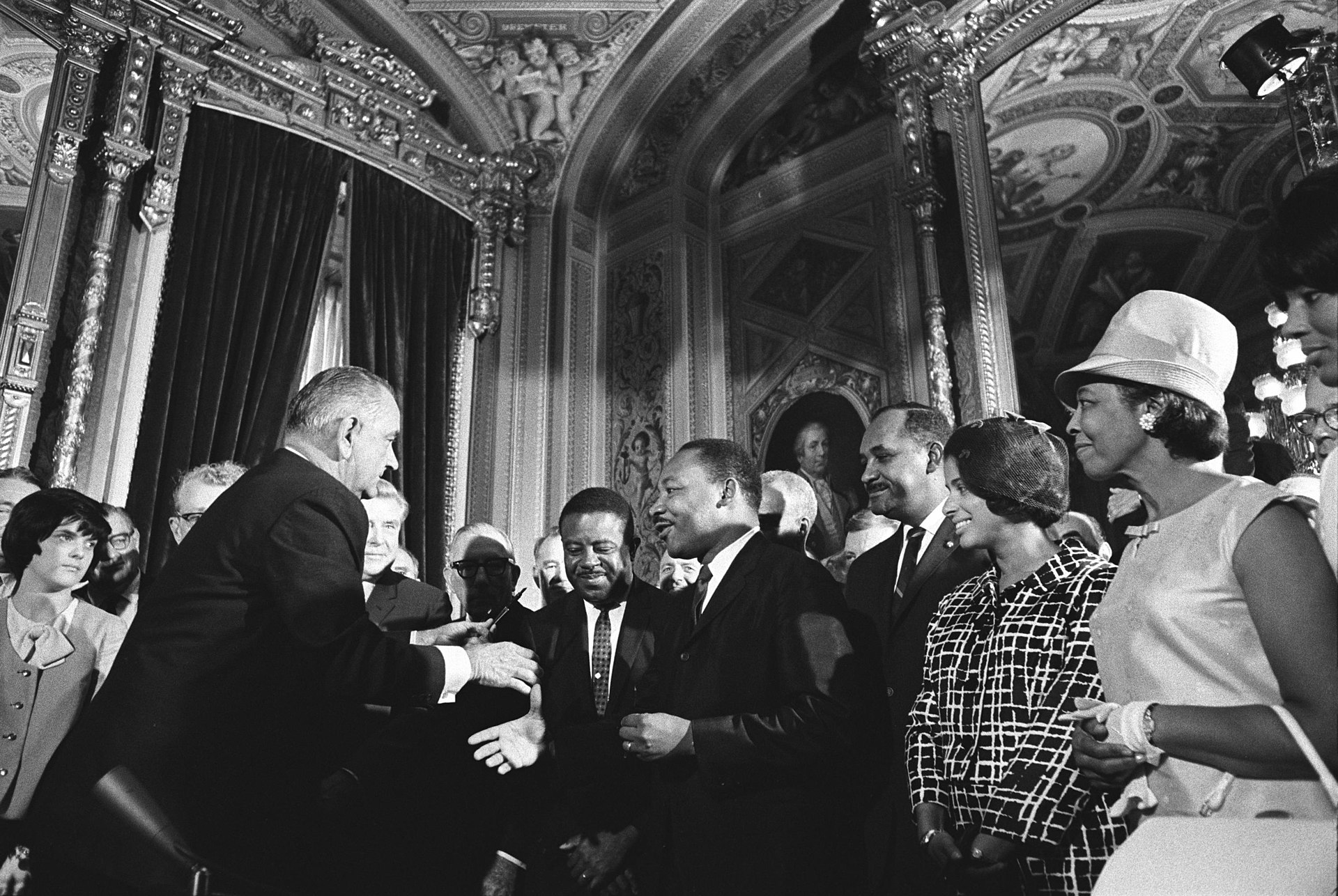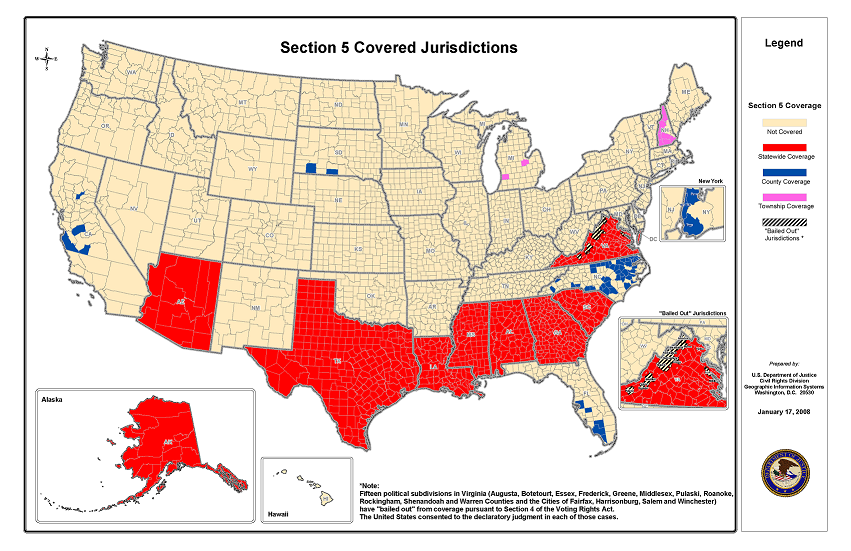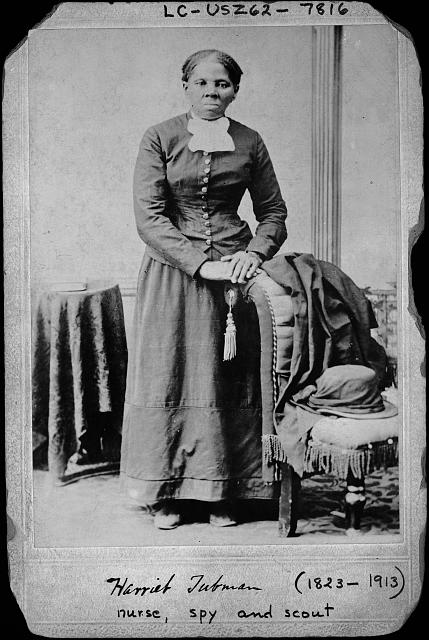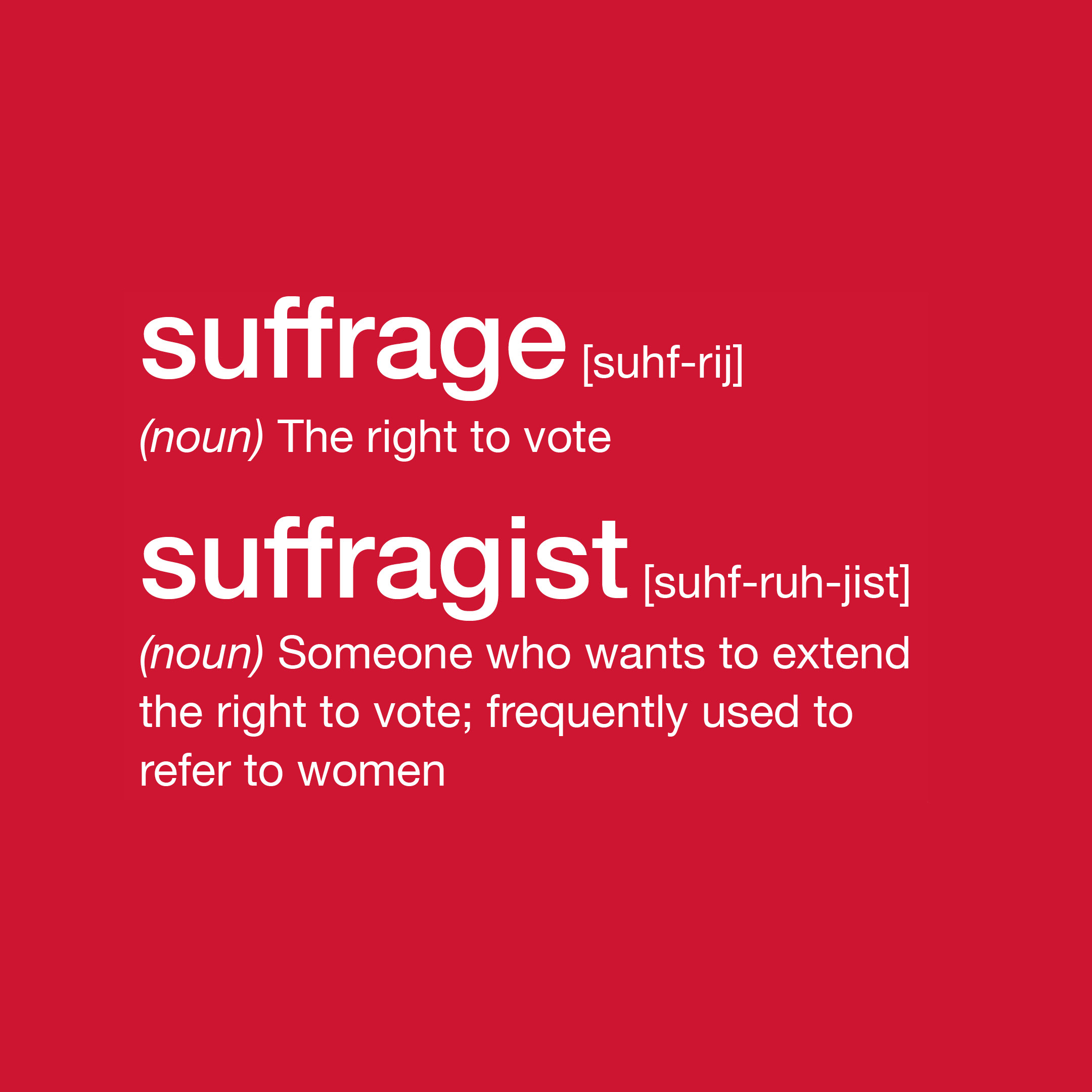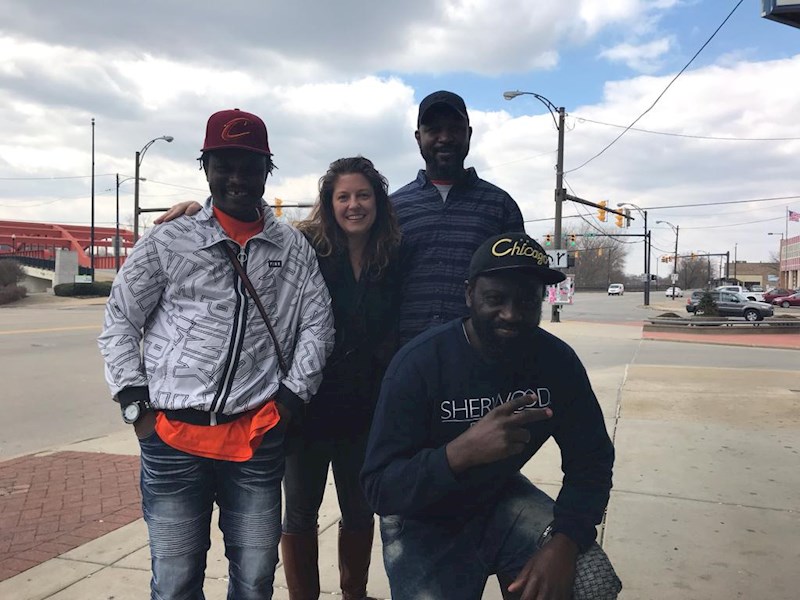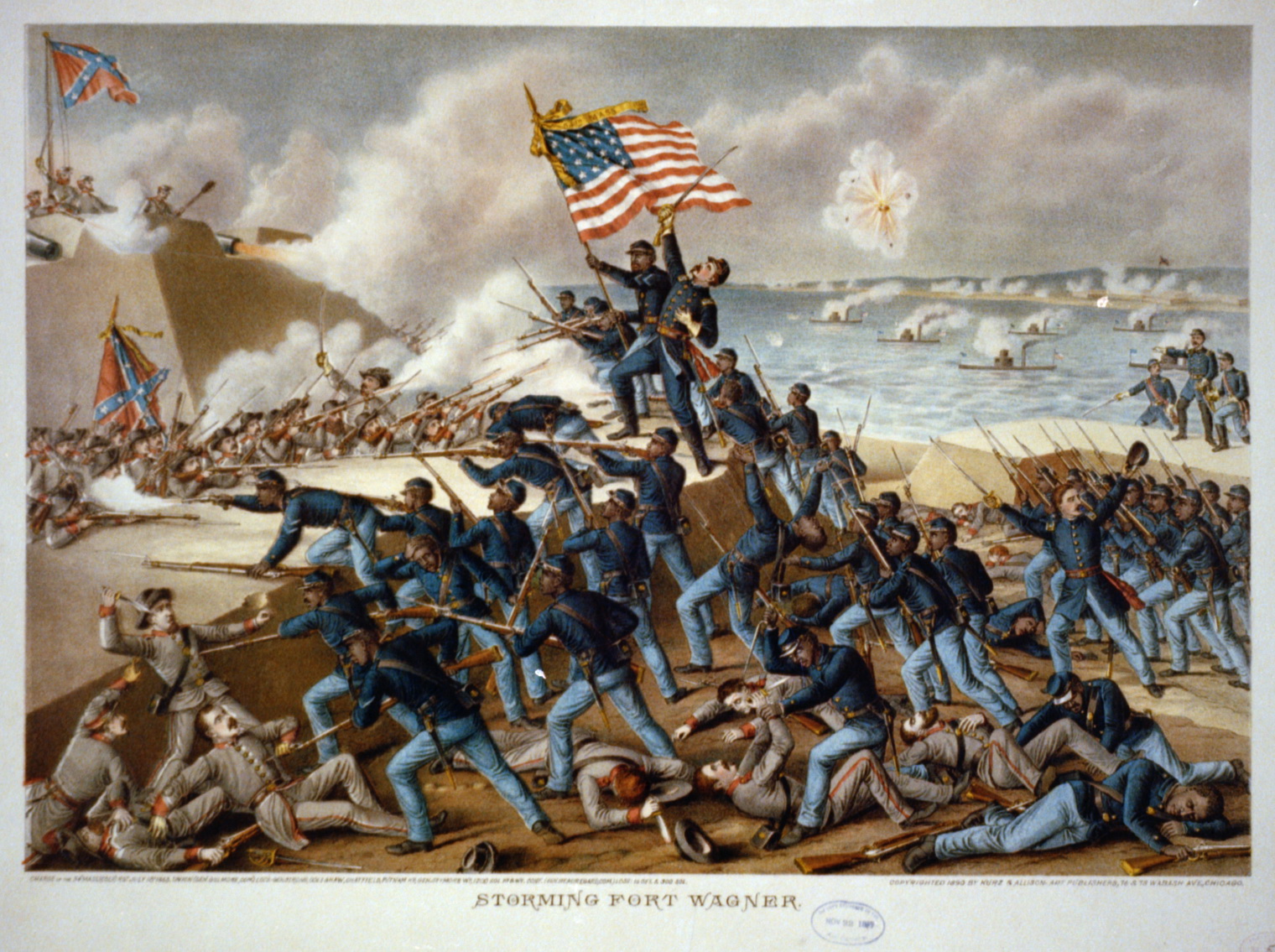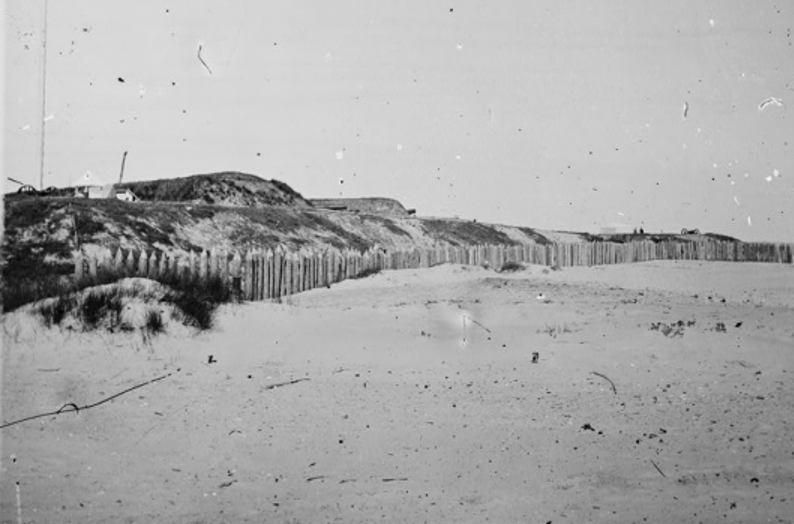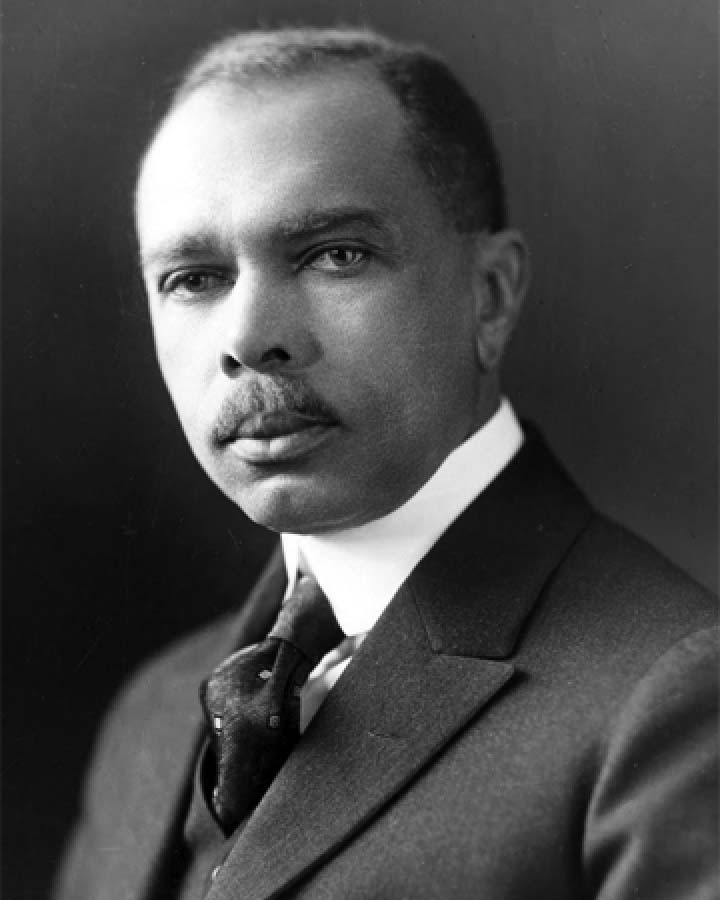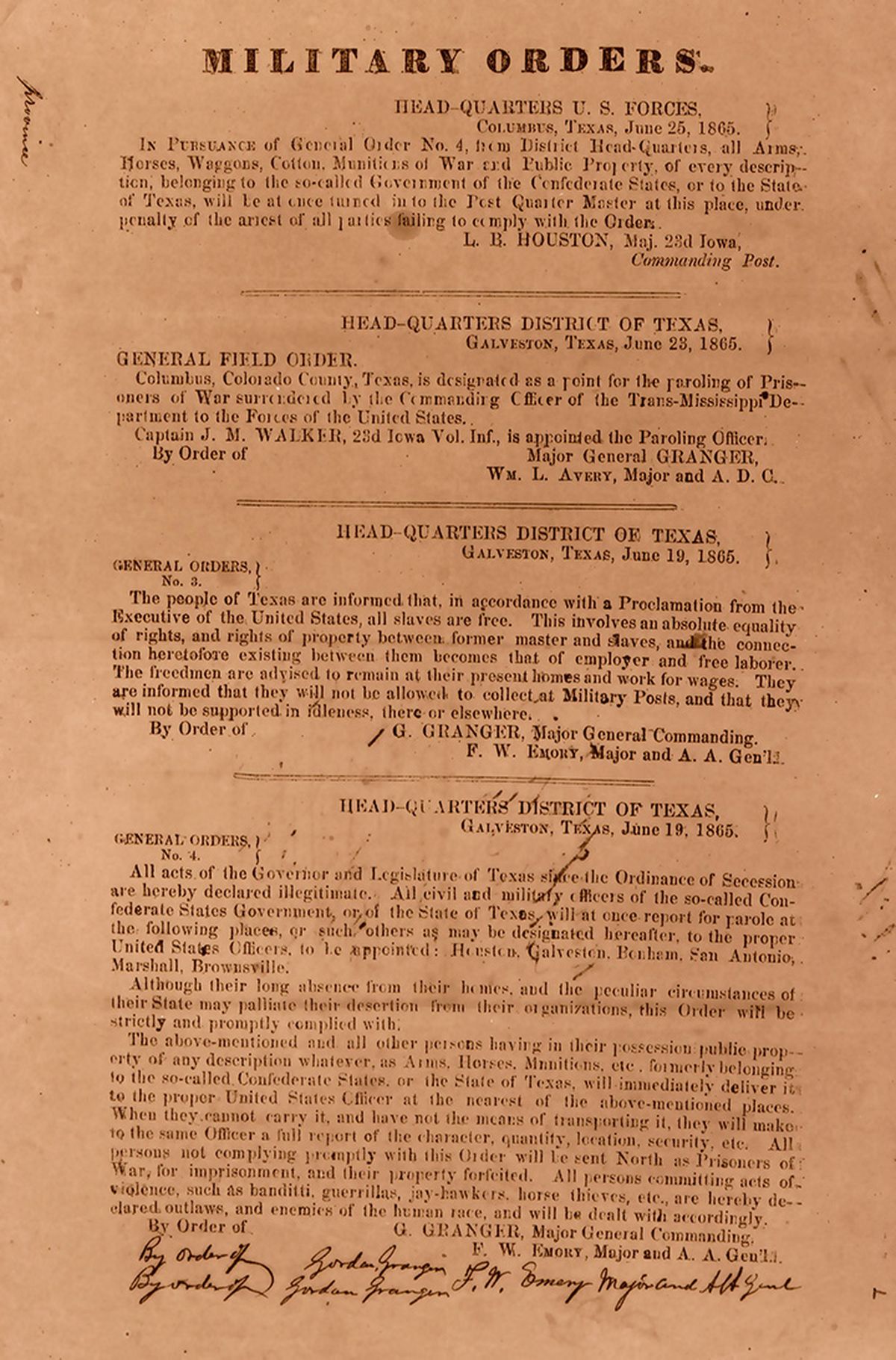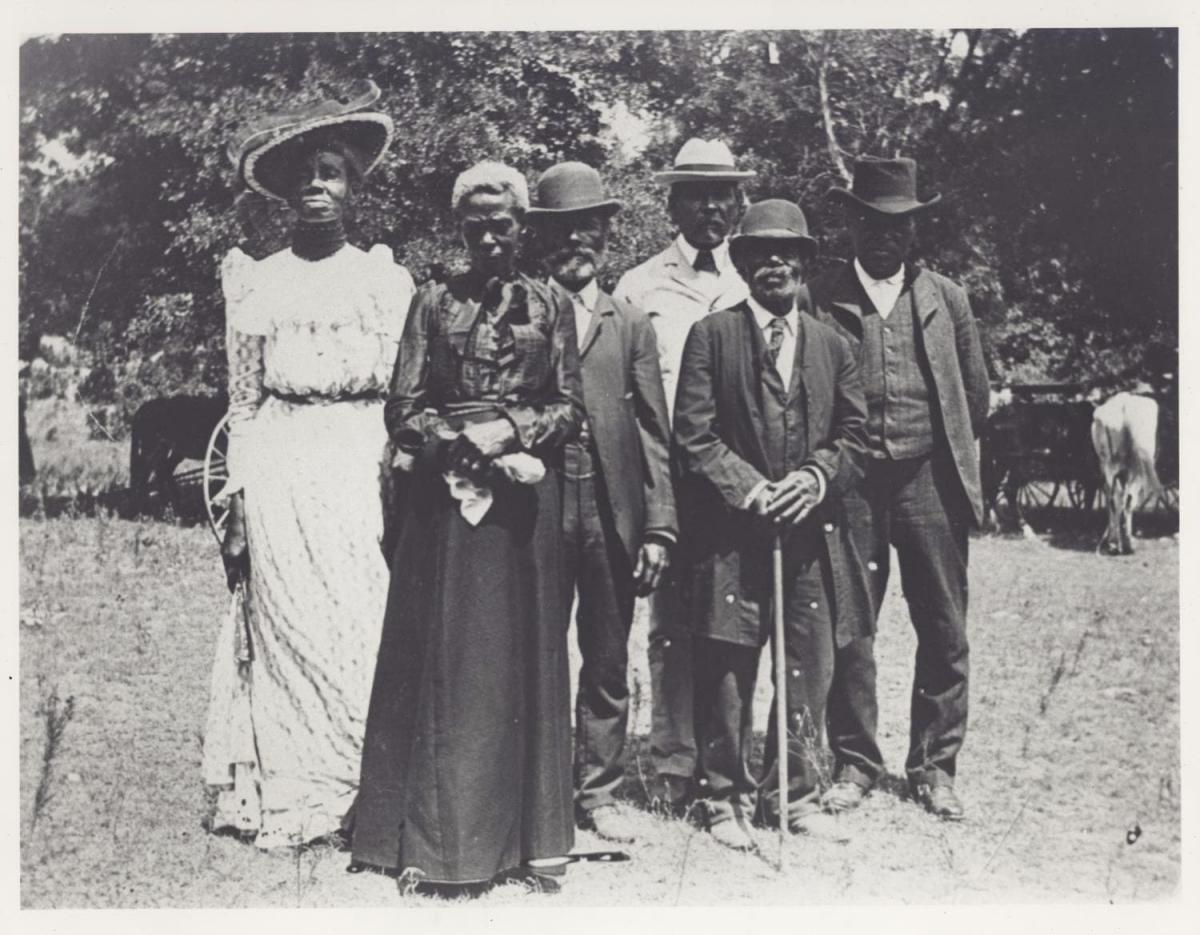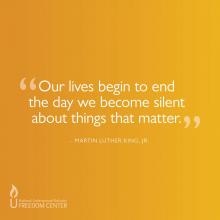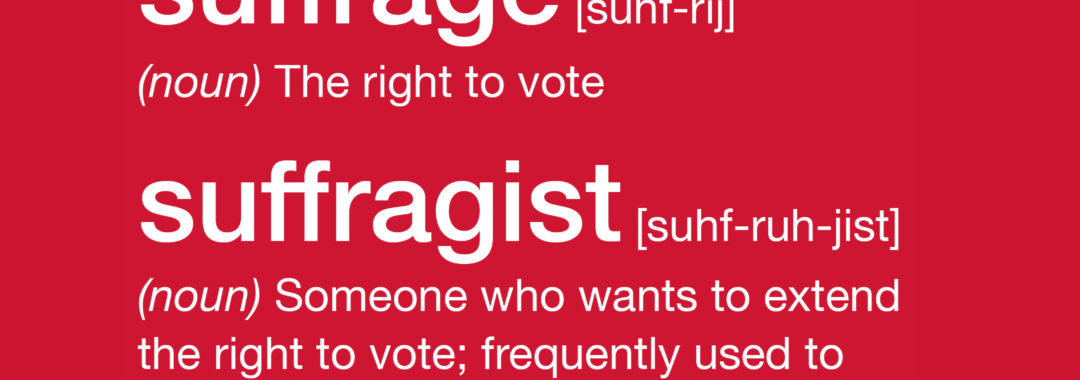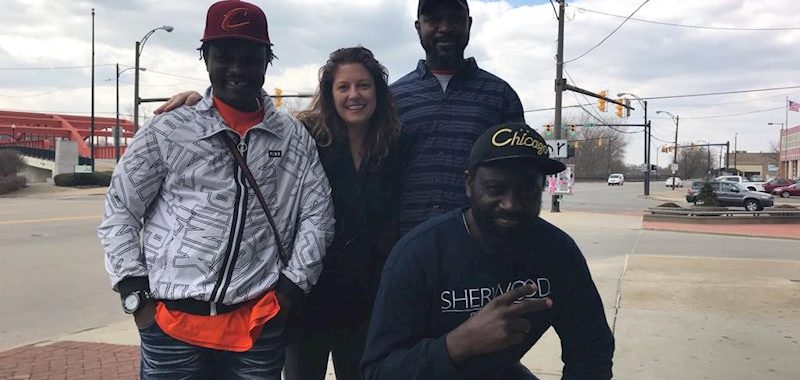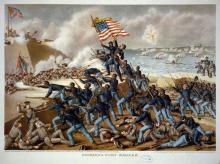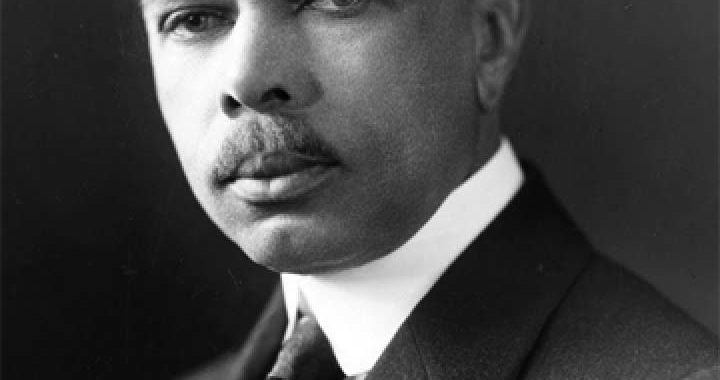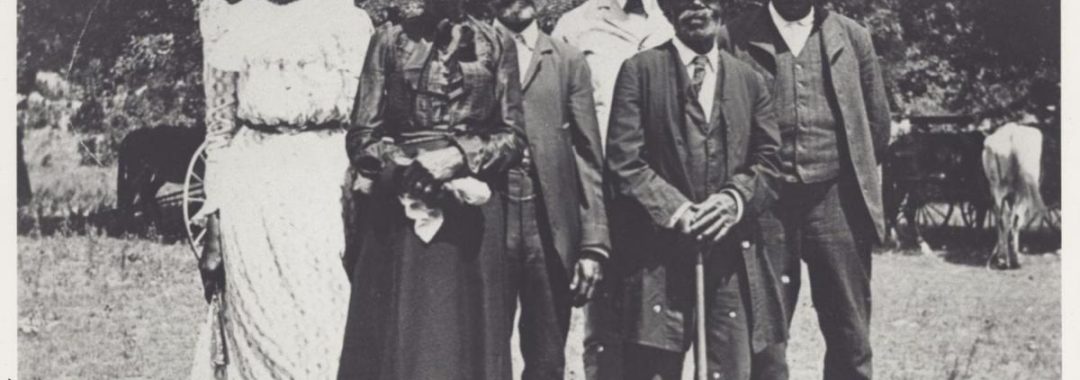19th Amendment Overview
The 19th Amendment states: “The right of citizens of the United States to vote shall not be denied or abridged by the United States or by any State on account of sex.” In theory, this should apply to every single person in the United States who identifies as female. Yet many women were effectively excluded from the vote. In the Jim Crow South, for example, both African American men and women were prevented from voting due to the passage of racist laws that unjustly targeted people of color. Beyond the system that made voting nearly impossible, the threat of lynching—unchecked in the United States for decades—hung over many African Americans in the South like a bad storm that would never clear out.
Other women of color, such as Native and Asian American women, were also prevented from voting since they were denied United States citizenship. Women across the country were tasked with navigating the shifting landscape, sometimes still unable to cast their votes due to unmet “qualifications” like their age, residency or even mental competency.
Here’s my point—obtaining the vote for women was a long, hard-won struggle. It took nearly 100 years of protest to see the passage of the 19th Amendment. Unfortunately, the movement that got us there lacked unification, solidarity, and sisterhood.
The Early Movement
Born out of the abolitionist movement of the early 19th century, the first formal gathering in support of women’s rights occurred in late July, 1848 in Seneca Falls, New York. Attended by those who would later declare themselves suffragists, the convention was unique in that women were at the forefront of the discussion for the first time in American history. Famous abolitionists like Harriet Tubman, Frederick Douglass, William Lloyd Garrison and Lucrecia Mott all participated in these early gatherings. From this point on, it seemed everyone was on the same page: women deserved the same rights as men. That is, until the issue of race divided them.
Divisions and the 15th Amendment
After the end of the Civil War, the United States ratified the 14th and 15th Amendments to the Constitution. These amendments (part of the “Reconstruction Amendments”) were passed to 1) grant African Americans citizenship and 2) grant African American men the voting rights. Though progress was made, both women of color and white women were left out.
Many in the women’s suffrage movement were angered by these new amendments—they felt that women should have been included in this moment. Suffragists were forced to make a choice: support suffrage for African American men as more urgent priority or withhold support based on the desire for universal suffrage for all.
Ultimately, the passage of the 15th Amendment caused suffragists like Elizabeth Cady Stanton and Susan B. Anthony to split off from the rest of the movement to form the National Woman Suffrage Association (NWSA) with the mission of universal suffrage. One of their core beliefs was that African American men should not be granted the right to vote before women. I mean, let’s be honest—before white women.
Not all suffragists supported Anthony and Stanton, however. Suffragists like Lucy Stone supported the 15th Amendment and quickly worked with others to form the American Woman Suffrage Association (AWSA). This organization supported not only women’s suffrage, but suffrage for African American men as well. The AWSA’s approach was to work on passing women’s suffrage state-by-state without alienating 15th Amendment supporters. African American women suffragists supported this idea while also fighting for their own set of priorities, since they faced even greater hurdles than white women. African American women continued to fight for suffrage, often working with both the NWSA and the AWSA when the time called.
The divide between white and African American women grew, even as both groups worked toward the same goal. White suffragists would fan the flame of tension, even appealing to racist leaders in the South for support. Meanwhile, African American suffragists like Ida B. Wells-Barnett and others mobilized throughout the country, continually pushing to become part of the narrative of universal suffrage. And despite the discriminatory behavior of their white-counterparts, many African American suffragists continued to work in interracial spaces to keep the fight for the vote moving forward.
Legacy of the 19th Amendment
Ultimately, the women’s suffrage movement did succeed when the 19th Amendment was ratified on August 18, 1920. It’s estimated that around 8 million women voted that November for the first time. However, as I have pointed out, many women were left out of this monumental moment. For many women of color, the moment of celebration came much later with the passage of the Voting Rights Act of 1965.
It’s this point that makes it hard for me to put on my white dress in honor of my suffragette foremothers and champion the centennial. As often in history, most of our knowledge of the women’s suffrage movement is limited. From a young age, we learn the names of Susan B. Anthony and Elizabeth Cady Stanton, but rarely if ever hear about the accomplishments of Mary Church Terrell, Ida B. Wells-Barnett, and Francis Ellen Watkins Harper—equally worthy women who fought for their suffrage while also fighting for their place in American society as Black women.
As a white woman myself, I’m frustrated by how often these narratives are still excluded. We choose not to address the fact that Elizabeth Cady Stanton asked Frederick Douglass, an early champion for women’s rights, not to appear on a stage in Atlanta, GA in 1890 for fear it would upset the white men whose support she was vying for at the time. We choose not to highlight how Mary Church Terrell told Walther White of the National Association for the Advancement of Color People (NAACP) that she believed suffragists like Alice Paul and others would exclude Black women from the 19th Amendment if they could.
Women’s Rights Today
What’s even more frustrating to me is that we don’t seem to be making much progress with the idea of intersectional sisterhood—even today. In 2017, myself and a few friends excitedly made the 8-hour journey to Washington D.C. to participate in the Women’s March. Signs in hand, I felt I was part of history as a walked with an estimated 470,000 people to protest to the new administration’s stance on human rights. It was in the later weeks that I would come to re-think my decision, as many women of color voiced concerns about the all-white feminist narrative that seemed to be at forefront of popular discussion. This was only reinforced the next year, when movement groups began to splinter across the country in response to racism, anti-Semitism, and the push back against intersectional feminism.
Feminism cannot exist without intersectionality—period. If your brand of women’s rights is exclusively based on a white narrative and you’re unable to expand that—then you’re part of the problem. Just as many the early suffragists fell out due to the 15th Amendment, I watched in amazement as I read accounts (some from people I know) of white women defending their brand of feminism while discounting valid criticism that calls out discriminatory behavior.
We have a long way to go in this country for voting to be fair and equitable. In 2020, we still face the challenge of voter suppression in every single state. My hope (and ask) is that we learn from the mistakes of our foremothers and do not repeat them. I ask this specially of my fellow white women—it’s time to embrace inclusivity and equality, otherwise we risk becoming part of problem instead of the solution.


